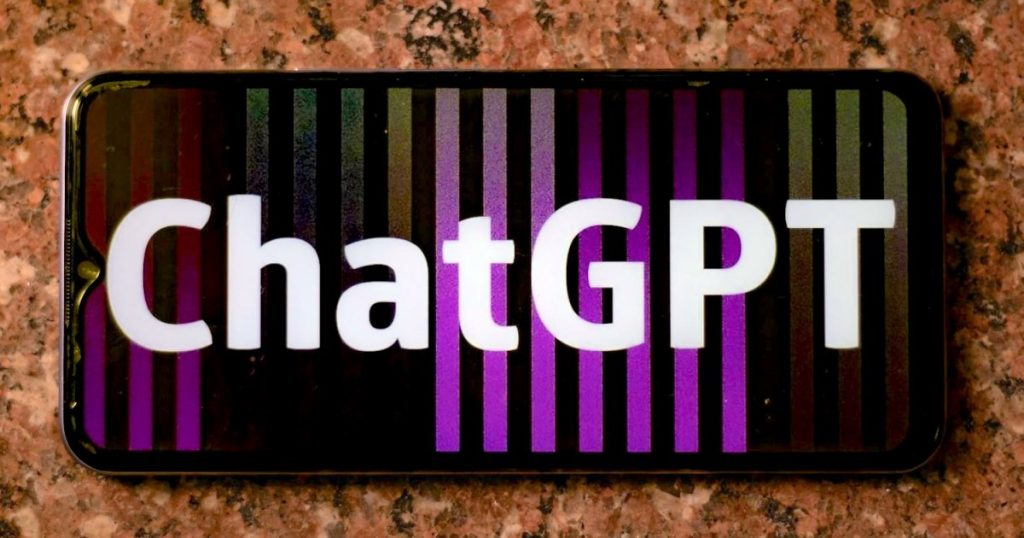Since its debut in November 2022, OpenAI’s ChatGPT has rapidly become one of the fastest-growing consumer apps, and is up there with the likes of Instagram and Threads when it comes to records in user growth. The first public release of the company’s AI-powered chatbot stirred global interest in generative AI, and since then the tool has only gained more momentum.
OpenAI recently revealed to Axios that its AI chatbot now handles more than 2.5 billion user prompts per day worldwide, a remarkable leap from just 1 billion daily queries in December 2024. And of that figure, around 330 million prompts come from U.S.-based users alone.
To put that in perspective, it means ChatGPT is processing more than 1.7 million prompts every minute, or 29,000 every second.
While ChatGPT’s 2.5 billion daily prompts are far fewer than the 14 billion or so queries that Google Search handles on a daily basis, the usage of ChatGPT is fundamentally different in that it doesn’t just serve up web links, but actively helps users carry out tasks, automate workflows, conduct deep research, provide tutoring, and a whole lot more besides. This important difference means that ChatGPT acts not just as an information finder, but also as a collaborative productivity tool.
The rapid adoption of ChatGPT highlights its growing presence in our digital lives, and it’s clear that the technology is reshaping the way we interact with information online. In just a short time, ChatGPT has gone from a curious new tool to an integral part of the online experience, and is now a key example of how AI is transforming our digital lives.
But of course, ChatGPT is not the only generative-AI tool out there, with OpenAI facing tough competition from a growing field of rivals, including tech giants like Google, Microsoft, and Meta, as well as a slew of startups, all of them investing huge sums of money in AI productivity tools in a bid to get ahead.
Indeed, the eagerness to dominate the sector has prompted some pushback, with generative-AI firms known to train their AI models on the work of creatives without permission and payment, though recently some have begun inking licensing deals with publishers, artists, and rights holders in a bid to address copyright concerns.

